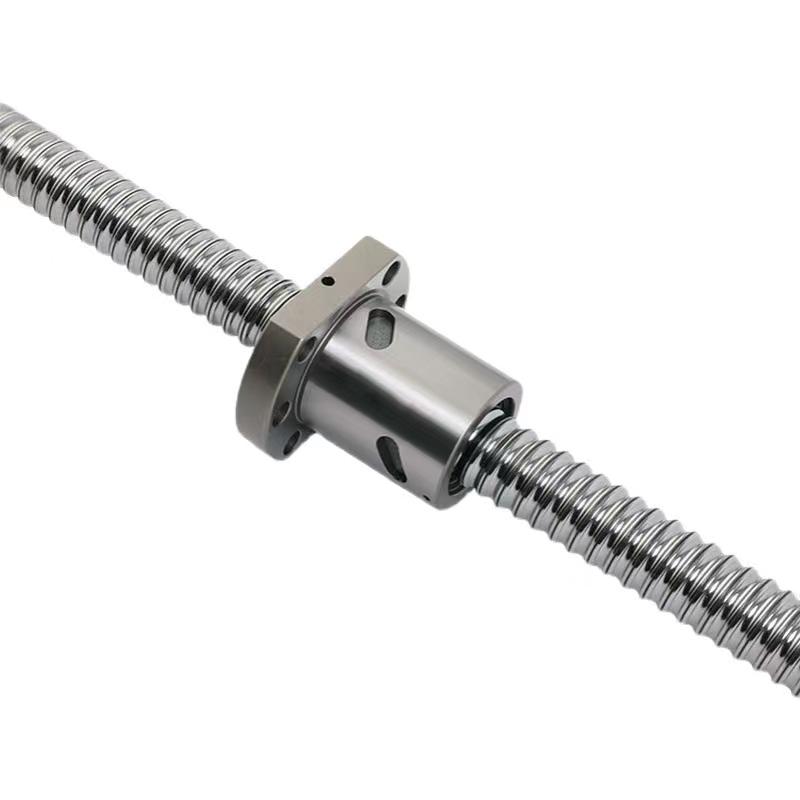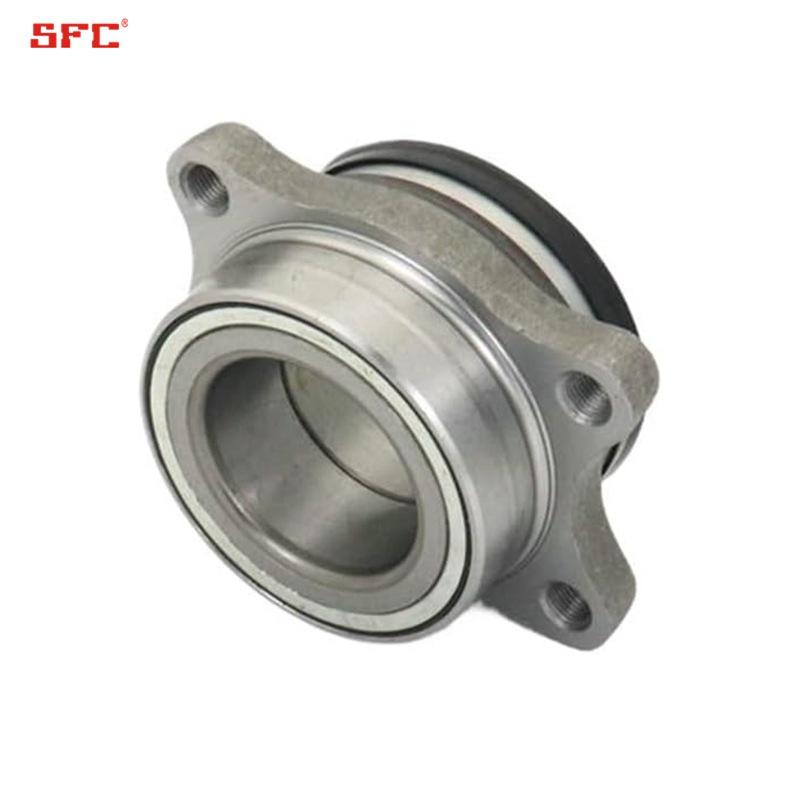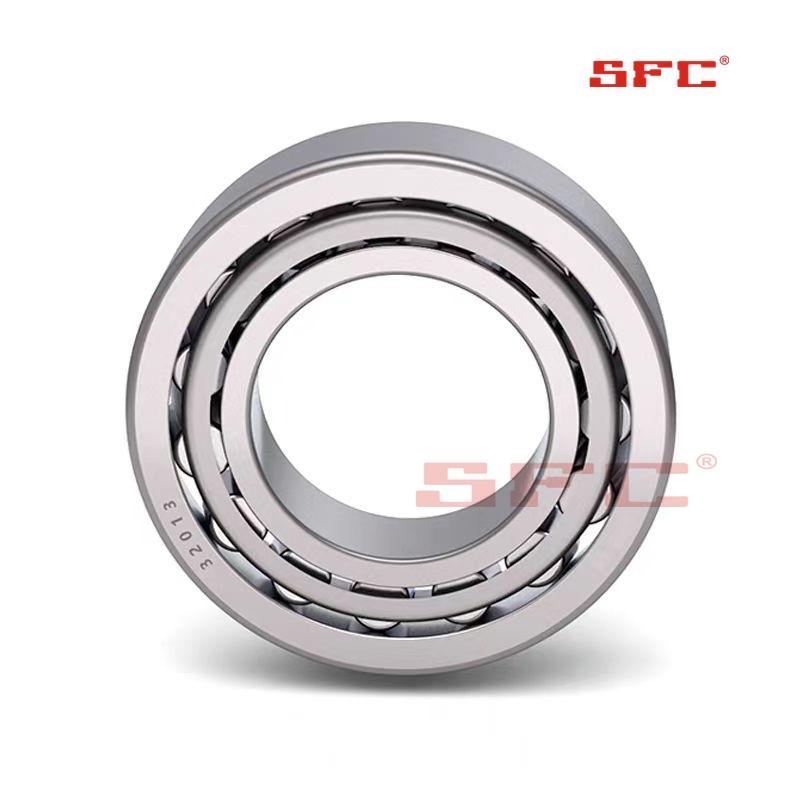What is vibration measurement?
Vibration measurement is an important means of evaluating the operating status of mechanical systems, especially for monitoring bearing performance. To understand vibration measurement, one needs to master three basic parameters: displacement, velocity, and acceleration.
Vibration is the reciprocating motion of an object around its initial position. Displacement represents the distance that a vibrating object deviates from its starting point; Frequency (in Hertz Hz) is the number of vibration cycles completed per unit time. Multiplying displacement by frequency yields vibration velocity, which reflects the intensity of bearing motion. Typically, the higher the vibration velocity, the greater the bearing noise. Common equipment such as vibration testers or Andrew meters can measure this parameter.
However, the vibration velocity cannot fully reflect the force condition of the system. For frequencies above 2000 Hz, vibration acceleration becomes a more critical indicator, which can reveal potential destructive force values in high-frequency vibrations and help evaluate the true dynamic load borne by bearings.
Why is vibration measurement important?
Bearings are not perfect, even after precision machining, their ball and raceway surfaces still have small irregularities. These irregularities can cause vibrations during operation, and if not controlled properly, they can accelerate wear, increase noise, and lead to early equipment failure.
To achieve low vibration levels, attention should be paid to the following elements:
1. Improve the surface smoothness of the raceway and ball bearings;
2. Choose a reasonable cage structure;
3. Use low-noise, finely filtered lubricating grease;
4. Continuously monitor the vibration status of the equipment.
How to conduct vibration monitoring?
When evaluating the "quietness" of bearing operation, piezoelectric sensors or accelerometers are usually installed on the outer ring of the bearing to monitor its vibration level in real time. According to the monitoring objectives, other types of sensors can also be selected for more precise data collection.
Through precise vibration measurement and analysis, the bearing life can be effectively extended, faults can be prevented, and the overall operational reliability of the equipment can be improved.




